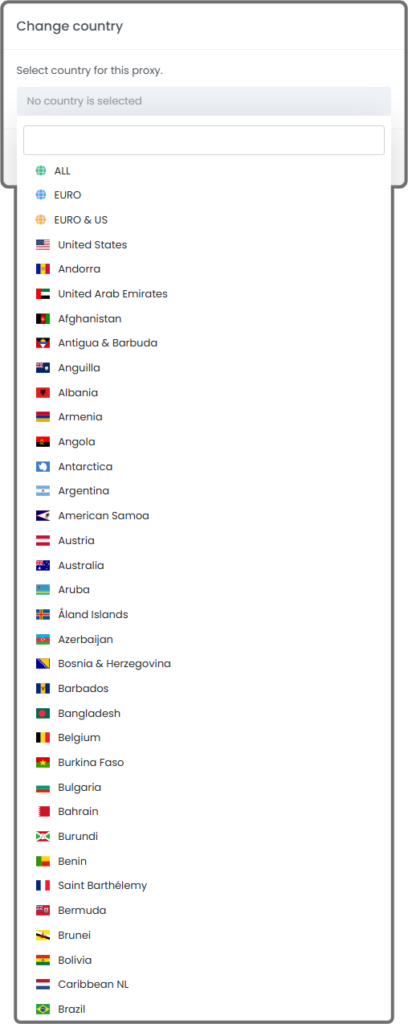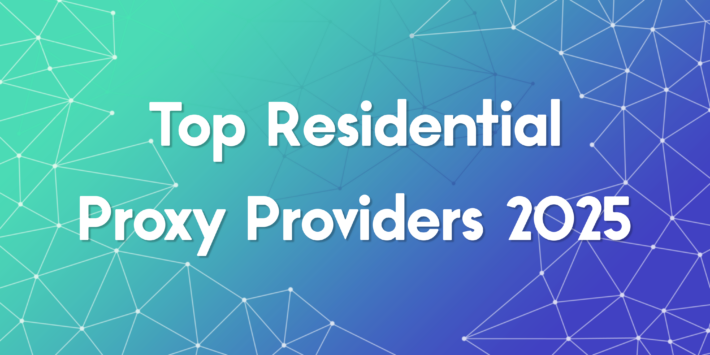Common Residential Proxy Mistakes and How to Avoid Them

Common residential proxy mistakes can significantly reduce the effectiveness of your proxy usage and even lead to being blocked or flagged by websites. Whether you are using residential proxies for web scraping, ad verification, or privacy, understanding the potential pitfalls can save time, money, and frustration. In this guide, we will explore the most frequent usage mistakes people make with residential proxies, explain why they happen, and provide actionable steps to avoid them. By learning what not to do, you will be better equipped to optimize your setup and get the most out of your residential proxy service.
Why Understanding Common Residential Proxy Mistakes Matters
Common residential proxy mistakes often occur because users underestimate how websites detect abnormal behavior or fail to configure their tools properly. Many beginners assume that using a residential proxy is a one-click solution, but the reality is more nuanced. Residential proxies provide IP addresses assigned to real devices, which helps avoid detection. However, this benefit can be negated by poor practices such as overusing the same IP, ignoring request delays, or targeting protected endpoints without proper headers.
When you fall into these usage mistakes, you risk IP bans, lower success rates, and inaccurate data. Awareness of these issues is key to long-term success with any residential proxy provider. Carefully choosing your tools, respecting site rules, and rotating your requests properly can make all the difference.
Using the Same Residential IP Too Frequently
One of the most common residential proxy mistakes is overusing the same IP address for multiple requests in a short time. Even though residential proxies are harder to detect than data center proxies, repeated use of a single IP can still raise flags. Sites may begin to associate unusual traffic patterns with that IP, leading to rate limiting or bans.
To avoid this, always use a proxy rotation system that assigns new residential IPs for each session or request batch. Many proxy services include automatic rotation settings, or you can use third-party tools to manage IP cycles. Balanced rotation prevents detection and allows for smoother data collection or browsing.
Ignoring Proper Request Headers and Patterns
Another frequent mistake is sending requests without mimicking real user behavior. Structured and unstructured data collection often involves sending thousands of requests to a site. If these requests lack realistic headers such as user agents, accept-language, or referrer information, they can be flagged quickly by anti-bot systems.
Make sure to include dynamic headers that align with real browser patterns. Simulating normal browsing behavior also helps. For example, avoid hitting the same endpoint repeatedly and introduce random delays between requests. These steps add authenticity to your usage and reduce the likelihood of proxy detection.
Choosing the Wrong Proxy Type for Your Task
Residential proxies are versatile, but not always the best fit for every use case. One of the more subtle proxy mistakes is using a residential proxy where a mobile or data center proxy would perform better. Structured data scraping from highly regulated platforms, for example, might require a more anonymous proxy type or additional fingerprint masking tools.
Before starting any task, evaluate whether residential proxies offer the right balance of anonymity, speed, and geographic coverage. For unstructured data collection involving dynamic content, pairing residential proxies with headless browsers or API tools may yield better results. Matching the right proxy type to the task at hand is essential for reliability and efficiency.
Overlooking Geographic Targeting Options

One often overlooked feature in residential proxy usage is geo-targeting. If your proxy service supports targeting specific regions or cities, failing to configure this correctly can lead to incomplete or irrelevant data. This is especially true for localized content, where a proxy from the wrong country may show different search results, pricing, or product availability.
Many residential proxy platforms allow country and city-level targeting. Be sure to set the appropriate location based on your scraping or research objectives. Structured and unstructured data from different regions can vary significantly, so using proxies from the correct area ensures accuracy and context.
Skipping Proxy Performance Monitoring
Another common residential proxy mistake is forgetting to track performance. Not all IPs perform the same, and usage mistakes often stem from relying on underperforming or blocked addresses. Without visibility into response times, error rates, and connection health, users may unknowingly continue using ineffective proxies.
Use monitoring tools or built-in dashboards provided by your residential proxy service to keep an eye on performance metrics. If you notice a drop in success rate or spikes in latency, switch to another IP or region. Keeping a record of performance trends helps avoid downtime and improves the consistency of your proxy-based operations.
Residential Proxy Usage Tips for Better Results
Understanding common residential proxy mistakes is only part of the equation. Following best practices helps ensure smooth operation and better outcomes. Here are some quick tips:
- Always use rotating proxies for automated tasks
- Simulate real browser behavior with headers and delays
- Match the proxy type to your specific goal
- Leverage geo-targeting features for local accuracy
- Monitor performance metrics to detect issues early
These techniques not only prevent proxy mistakes but also maximize the efficiency of both structured and unstructured data workflows. They are especially useful for tasks like SEO monitoring, content verification, and competitive research.
Avoiding Proxy Mistakes with the Right Mindset
Success with residential proxies depends heavily on attention to detail and understanding your tools. Many common residential proxy mistakes happen because users treat proxies as a plug-and-play solution rather than a system that requires thoughtful configuration. When approached strategically, residential proxies become a powerful asset for secure and scalable access to web resources.
Take time to study your target sites, set realistic limits, and use technical safeguards to avoid detection. Whether collecting structured data from listings or unstructured content from social platforms, a careful and informed approach makes all the difference. Avoiding mistakes not only protects your operations but also ensures long-term sustainability of your proxy infrastructure.


